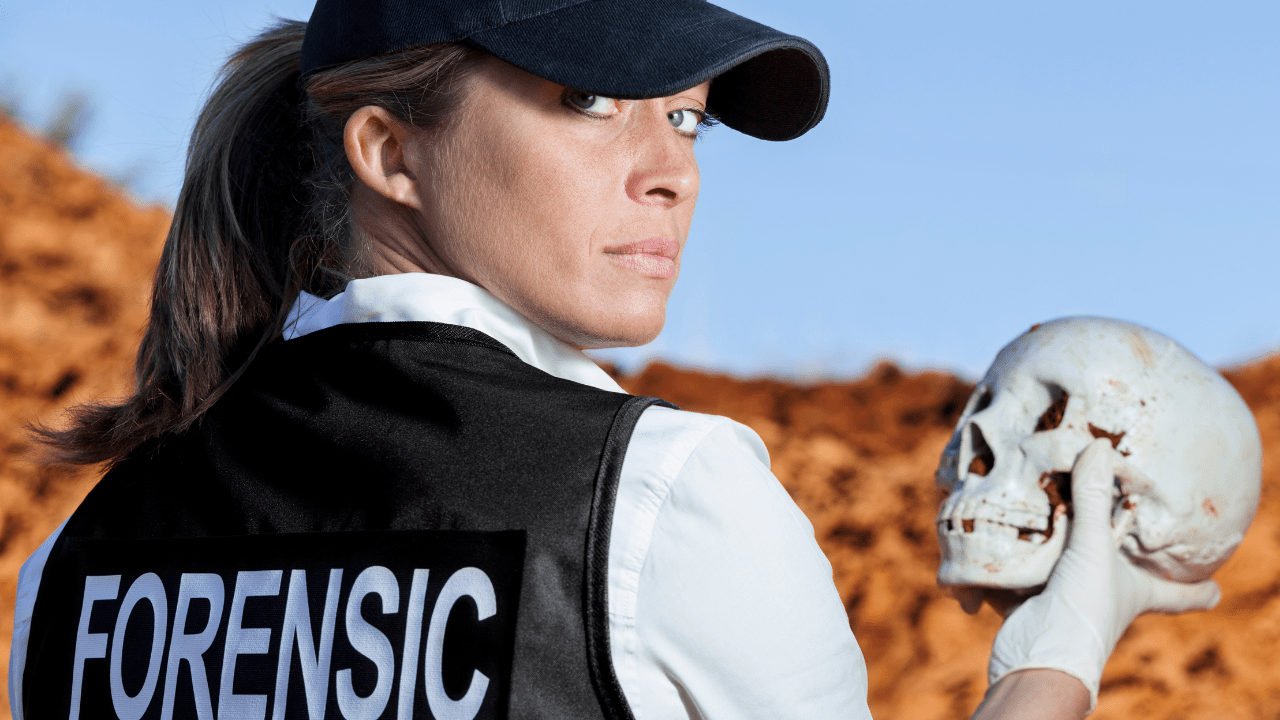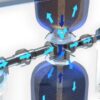
How to Make a Forensic Cartoon
A forensic cartoon can be an excellent tool for illustrating a complex subject. Scientific theories, medical conditions, and a whole host of other subjects can be explained in an entertaining, engaging way. Here are some tips on how to make a forensic cartoon:
Cost of Forensic Animation
While forensic animation can be a high-quality, authentic representation of a real scene, it can be expensive. The complexity of the motion will determine the cost, as will the time needed to create it. A short, simple accident sequence may not require keyframing or simulation data, while a long, complex one might. In general, the more complex the animation, the higher the cost. However, there are certain factors to consider when choosing a company and its team.
The cost of forensic animation will depend on how complicated the scene and details are. This will also determine the length of the animation, as the time required for computer rendering may impact the cost. The complexity of the scene should also affect the cost, since different scenes may require multiple viewpoints, scenarios, and slow-motion replays. Since each case is unique, it is best to seek a firm that offers a detailed quote based on the complexity of the scene and its specific requirements.
Forensic animation videos are useful for many purposes. They help police piece together a crime by using computer-generated images. The cost of a forensic cartoon depends on the complexity of the case, the number of people working on it, and the number of witnesses involved. A high-quality forensic animation video will help a jury understand the case in a fast and accurate manner.
Methods Of Creating A Forensic Animation
Forensic animations can be helpful for a variety of reasons. In court, they can help a jury understand the evidence that was used to solve a case. They can simulate the different scenarios that might have occurred based on various facts and assumptions. They can also be useful to eliminate scenarios that may not have occurred. A forensic cartoon can help a jury decide if a case is worth proceeding to trial.
Animators review all relevant materials and determining the purpose of the animation. It is best to involve the forensic animator in the initial discussion of the trial strategy and the objective of the animation. It is also helpful to contact a forensic accident reconstructionist to obtain data for simulations.
Forensic animators may need to visit the scene to gather additional images and information. They may also need to recreate scene assets. Forensic animators rarely reuse the main 3D models. Standard 3D models might be used for an automobile collision, but smaller objects may need to be recreated entirely. A forensic animator’s job is to make the audience believe that the scene is real or fictitious.





